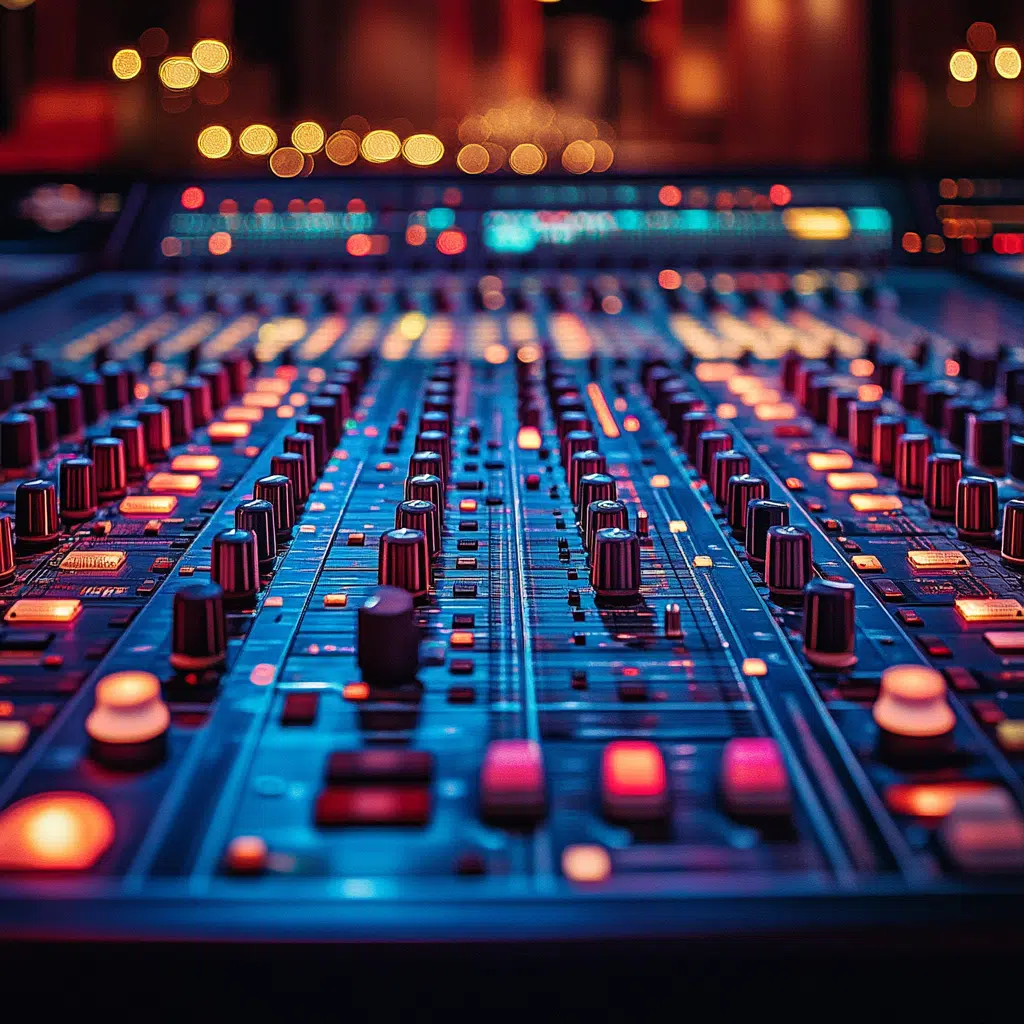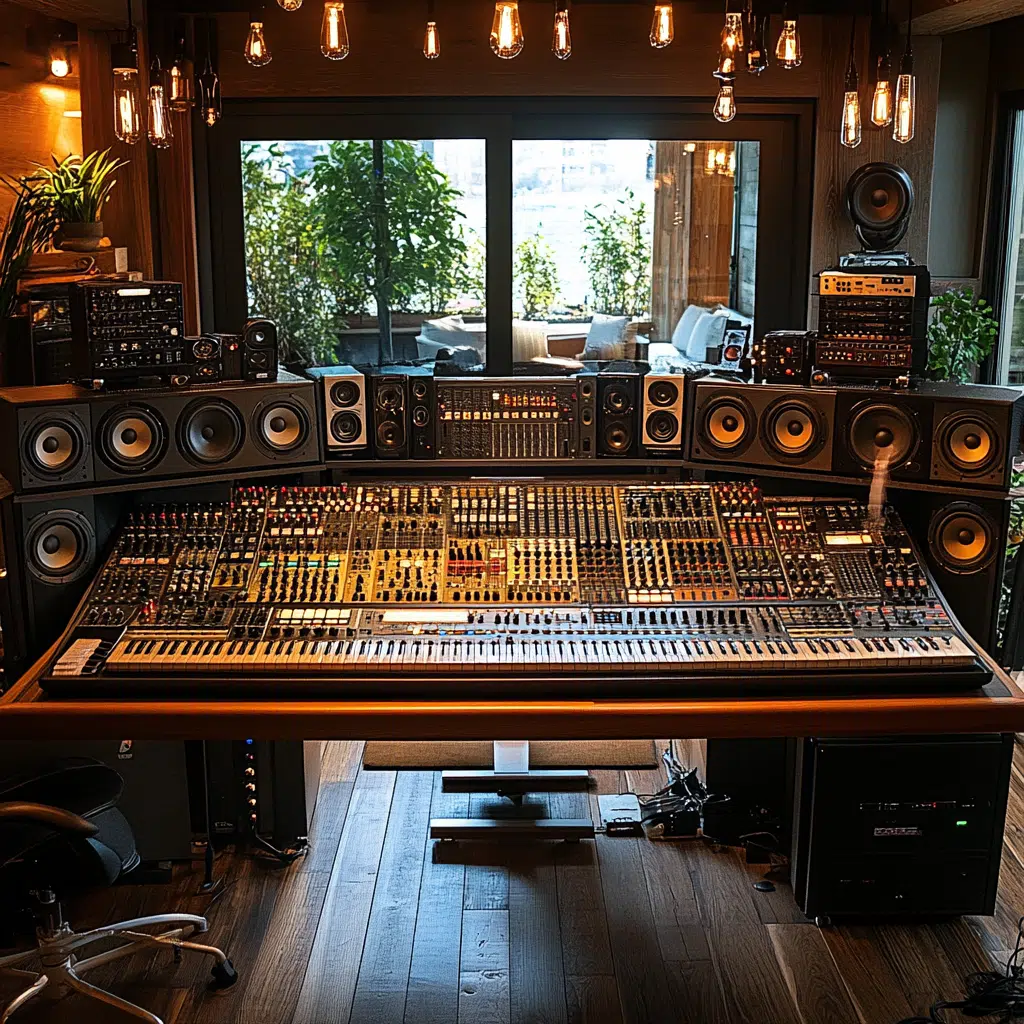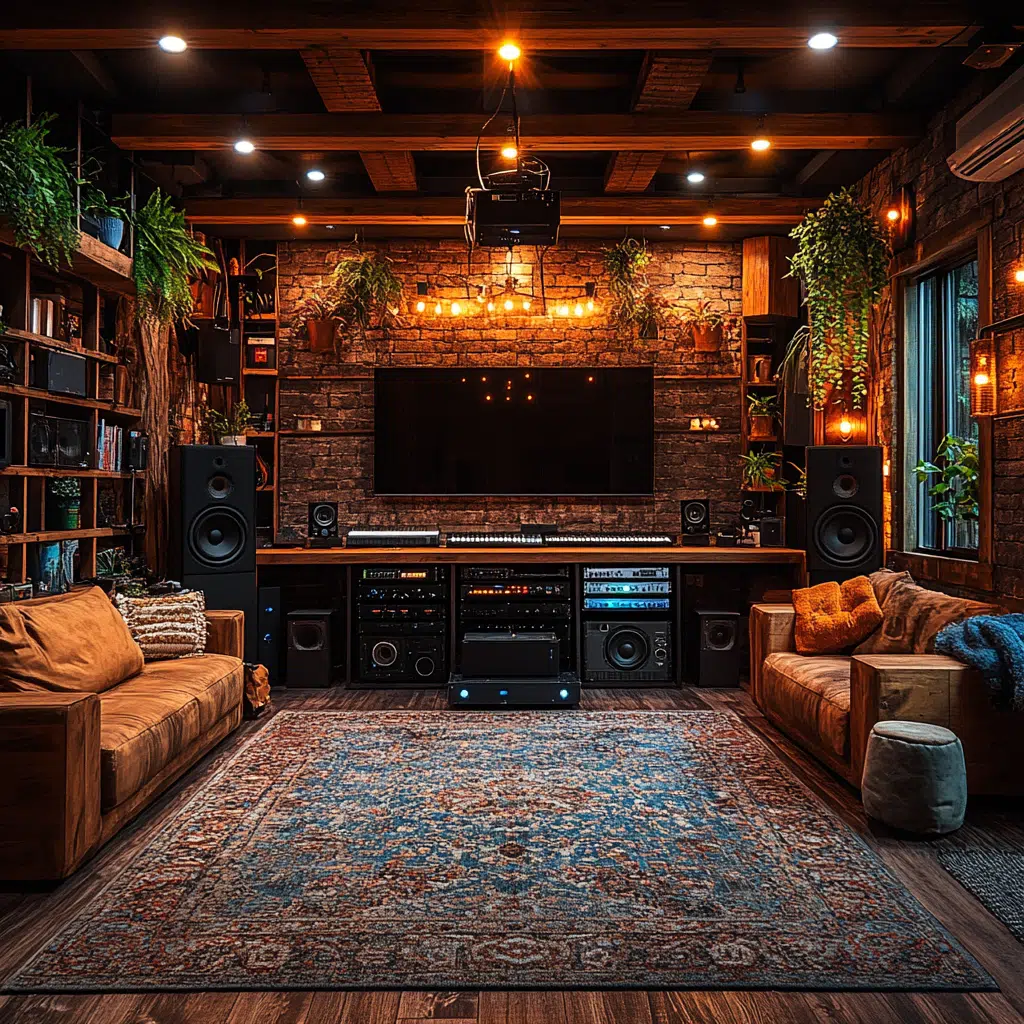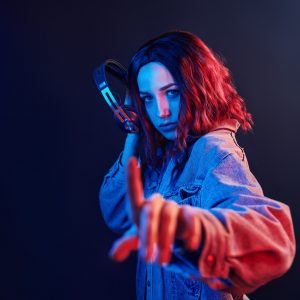In the world of film and television, sound is often the unsung hero that enhances storytelling and immerses audiences in the narrative. “Virtual mixing” has become a transformative process, allowing sound designers and mixers to create cinematic experiences that resonate deeply with viewers. With today’s technology, filmmakers can utilize virtual mixing for film and TV to achieve sound excellence, blending artistry with innovation. This article delves into essential practices and tools in virtual mixing, emphasizing how these methods can amplify your storytelling.
The Top 5 Advantages of Virtual Mixing for Film and TV
The rise of virtual mixing has democratized access to professional-grade audio tools like Avid Pro Tools, Steinberg Nuendo, and Ableton Live. For filmmakers, these platforms offer the same software employed in blockbuster productions, enabling precise sound manipulation at a fraction of the cost. This shift encourages creativity and innovation, giving independent creators the ability to craft high-quality audio on a budget.
Virtual mixing facilitates collaboration among global teams. Tools like Adobe Audition and Soundtrap allow sound designers, including those from renowned studios like Skywalker Sound, to work seamlessly from different locations. The ease of real-time feedback and editing means that diverse perspectives enhance the final product, making it a finely tuned masterpiece.
The expenses associated with traditional studio rentals can be overwhelming. Virtual mixing can cut many overhead costs, which is particularly beneficial for independent filmmakers. Using software like Logic Pro X allows filmmakers to streamline production expenses while maintaining high-quality output, enabling them to invest more in other areas of their projects.
With virtual environments, sound designers can explore new creative avenues without the constraints of physical studio space. This flexibility is exemplified by composers like Hans Zimmer, who leverages virtual orchestration to develop intricate soundscapes in films like “Dunkirk.” This freedom not only enhances the audio but enriches the storytelling itself.
Virtual mixing plays a crucial role in integrating new technologies, especially Dolby Atmos. This immersive audio format elevates the listening experience by crafting a three-dimensional sound environment. Productions like “Dune,” directed by Denis Villeneuve, have effectively utilized Dolby Atmos audio post-production to engage audiences, making them feel as though they’re part of the action.
Key Tools and Technologies in Virtual Mixing for Film and TV
Incorporating cutting-edge tools is vital for achieving sound excellence. Here are some highly regarded technologies that facilitate thorough virtual mixing:
The Future of Virtual Mixing for Film and TV
As technology continues to advance, so too does the landscape of audio post-production. AI-driven algorithms are beginning to change how sound is crafted in film and TV, potentially streamlining processes that traditionally took hours or days. Integrating machine learning could lead to personalized listening experiences tailored to individual audiences, creating a more engaging experience for viewers.
Moreover, augmented and virtual reality are paving the way for new interactive audio experiences. As these technologies continue to develop, they set the stage for avant-garde storytelling that allows audiences to interact with sound in unprecedented ways.
Embracing Virtual Mixing for Sound Excellence
To thrive in the competitive film and TV industry, sound professionals must embrace the opportunities that virtual mixing for film and TV presents. The convergence of advanced software tools and flexible collaboration options opens the door for creators to elevate their narratives. By understanding and utilizing the capabilities offered through virtual mixing, filmmakers can produce work that not only meets but exceeds audience expectations.
In short, as the adage goes, “sound is half the picture.” High-quality audio isn’t just an accessory; it’s the backbone of cinematic storytelling. So, gear up and dive into the world of virtual mixing. With the right tools, techniques, and collaboration, your story will resonate far beyond the screen.
For example, the production sound mixer plays a vital role as the leader of the sound crew, responsible for capturing high-quality audio on set and location. Interestingly, many in the industry suggest mixing sound for film at around 85dB, but in smaller rooms, this can become too loud, leading to fatigue. Mixing at 79dB is a good rule of thumb, with one or two passes at 85dB for a final check ensuring a balanced audio experience.
Overall, embracing virtual mixing for film and TV can transform your project, making it resonate with audiences far and wide. Don’t miss out on remote dialogue mixing services that can further enhance your production’s audio while providing an opportunity to collaborate with skilled professionals directly in your project’s flow. Happy mixing!
Virtual Mixing for Film and TV: Fun Trivia and Interesting Facts
The Evolution of Virtual Mixing
Did you know that virtual mixing has come a long way in recent years? With the rise of streaming platforms, the demand for high-quality audio has skyrocketed. Dolby Atmos mixing For Streaming services has transformed how creators think about sound, making it more immersive and engaging for audiences. This innovative technology not only enhances the experience for viewers at home but provides filmmakers the tools to push their creative boundaries. In fact, the most successful projects have embraced this trend, leading us to a new era of sound excellence!
Another fascinating aspect is how virtual mixing environments give composers and sound designers the flexibility to work from anywhere. Whether you’re situated in a bustling city or in the comfort of your home, you can access fellow collaborators and high-end mixing tech at the click of a button. As remote collaboration platforms have developed, countless creators have stepped into the spotlight, each adding their unique flair to the soundscape of modern films and television series. Just like Tessa Blanchards unforgettable impact on the wrestling world, it’s clear that individuals making their mark in sound have become vital players in this industry.
Innovations and Opportunities
Speaking of impact, the scope of virtual mixing extends beyond individual projects. Industries like gaming and multimedia have also jumped on the bandwagon, demonstrating the power of immersive sound design. That’s right—Dolby Atmos audio post Production has permeated various formats, ensuring that audiences enjoy a consistent, captivating sound experience, whether they’re binge-watching the latest series or stepping into a dynamic video game universe. As the latest buzz suggests, even the upcoming season of “The Eminence in Shadow” will benefit from cutting-edge sound techniques to keep viewers hooked.
Here’s something you might not know: more and more creators are learning about efficient financing options to support their projects. As filmmakers explore various avenues, they’re increasingly turning to resources like a Loans hub review to ensure they can secure the funds necessary for groundbreaking sound design. In a world where every detail counts, having the right financial backing can be the difference that elevates a project from good to unforgettable. By tackling these finances skillfully and embracing advancements like virtual mixing for film and TV, creators can focus on what matters most—their artistic vision!
So, whether you’re on a cross-country flight or watching an American Airlines emergency landing unfold, remember that the audio engineering behind your favorite films and shows plays a crucial role in crafting those unforgettable moments. From virtual mixing to funding resources, the landscape of film and TV audio is not just evolving—it’s thriving.
Is Røde Unify free?
Røde Unify is a free application that allows you to manage multiple audio sources and create a seamless audio experience.
What do you call the sound guy on a film set?
The sound guy on a film set is typically called the production sound mixer, and they lead the team responsible for capturing high-quality audio during filming.
What level of audio mixing for film?
When mixing sound for film, many recommend working at 85dB, but I suggest 79dB for smaller rooms to avoid ear fatigue. A quick check at 85dB at the end is a good practice.
How to mix short film audio?
Mixing audio for short films means focusing on the on-set sound recorded by the sound recordist. Using boom mics instead of lavs often gives a more natural feel, and it’s crucial to include room tone for a consistent sound environment.
How does Unify work?
Unify works by allowing users to combine different audio inputs seamlessly, providing easy control over sound sources for better audio management during streaming or recording.
Is Rode Central free?
Rode Central is a free app that helps users configure and manage their RØDE devices, providing access to firmware updates and various settings.
Is there a sound mixer in Windows 10?
Yes, Windows 10 has a sound mixer feature that lets you adjust the volume for different applications individually, giving you control over your audio experience.
What was a gaffer?
A gaffer was traditionally the head of the electrical department responsible for lighting on a film set, ensuring that scenes are well-lit according to the director’s vision.
What is the difference between sound mixer and sound recordist?
The main difference between a sound mixer and a sound recordist is that the sound mixer is in charge of audio post-production while the sound recordist captures audio during the filming process.
What does foley mean in film?
Foley in film refers to the reproduction of everyday sound effects that are added in post-production to enhance audio quality and create a more immersive experience for the audience.
What is the rule of thumb for audio editing?
A good rule of thumb for audio editing is to keep your levels balanced and avoid clipping while ensuring that dialogue stays clear and foreground sounds remain distinct.
What is audio mixing for film and TV?
Audio mixing for film and TV is the process where all audio elements, including dialogue, music, and sound effects, are combined and balanced to create the final soundtrack.
How loud should background music be in a film?
Background music in a film should generally be mixed low enough to support the dialogue without overpowering it, usually around -20 to -30dB relative to dialogue, but it depends on the scene’s mood.
How long does it take to mix a film?
Mixing a film can take anywhere from a few days to several weeks, depending on the project’s length and complexity, plus the sound designer’s workflow.
How many beats should be in a short film?
Typically, a short film should have anywhere from 30 to 120 beats, keeping it engaging and allowing for a good story arc within a limited time frame.
What is Rode Connect for?
Rode Connect is designed for connecting multiple RØDE microphones to a computer for podcasting or streaming applications, allowing for easy mixing and monitoring.
Does RodeCaster need drivers?
The RØDECaster does not need drivers for basic operation, making it user-friendly and plug-and-play for a variety of recording needs.
What is RØDECaster Pro?
The RØDECaster Pro is an advanced podcasting mixer that provides everything needed for high-quality audio recording, including multiple inputs, sound pads, and built-in effects.



